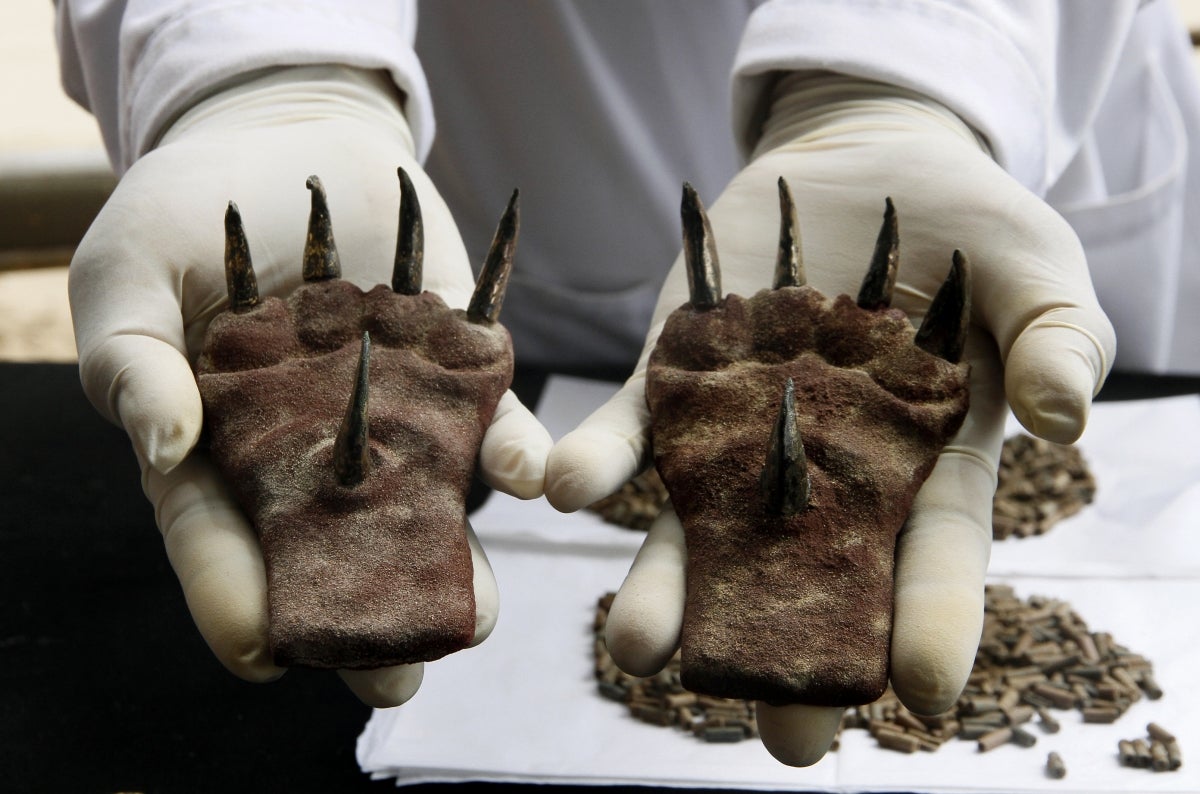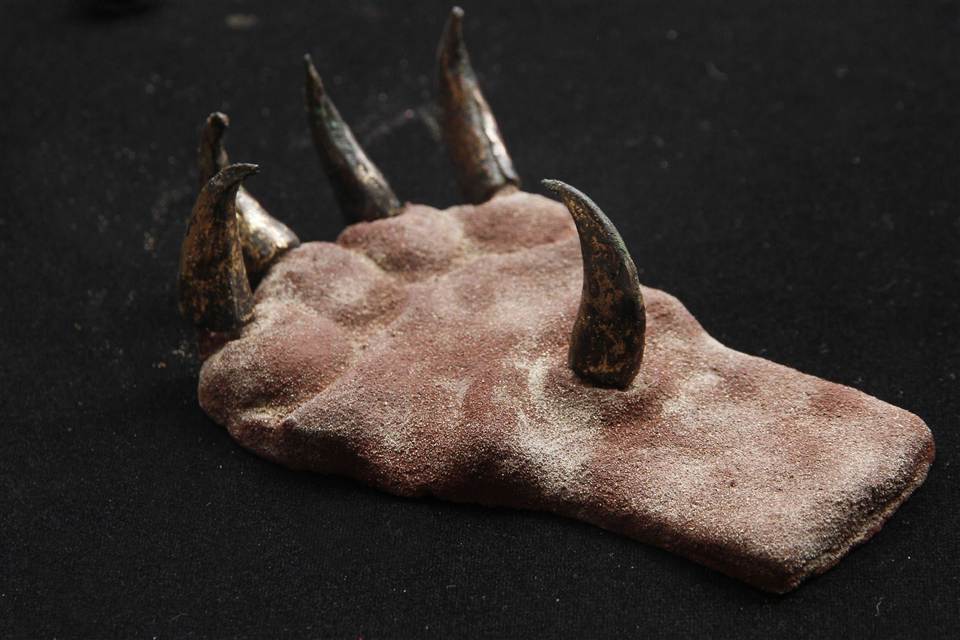Archaeologists discover 1,500-year-old 'battle claws' in ancient Peruvian tomb
The claws were found among various copper artefacts which archaeologists believe marked the grave of a nobleman

Your support helps us to tell the story
From reproductive rights to climate change to Big Tech, The Independent is on the ground when the story is developing. Whether it's investigating the financials of Elon Musk's pro-Trump PAC or producing our latest documentary, 'The A Word', which shines a light on the American women fighting for reproductive rights, we know how important it is to parse out the facts from the messaging.
At such a critical moment in US history, we need reporters on the ground. Your donation allows us to keep sending journalists to speak to both sides of the story.
The Independent is trusted by Americans across the entire political spectrum. And unlike many other quality news outlets, we choose not to lock Americans out of our reporting and analysis with paywalls. We believe quality journalism should be available to everyone, paid for by those who can afford it.
Your support makes all the difference.Archaeologists in Peru are excited after unearthing a pair of ancient metal cat’s claws from the tomb of dead nobleman.
The paws were found at the archaeological site of Huaca de la Luna or Temple of the Moon - a shrine located in the capital city of the Moche civilization, a Peruvian culture that flourished in South America between 100 and 800 AD.
The scientists who discovered the grave suggest that the claws might have been part of a ritual costume used in ceremonial combat, according to a report from El Comercia.
Participants dressed in outfits made of animal skins and the loser was sacrificed to the gods while the winner kept the garments as a mark of distinction.

The claws were found alongside the skeleton of an adult male with other artefacts – including a copper sceptre, mask and earrings – suggesting that he was “an elite personage”.
Archaeologists believe that the Moche religion featured human sacrifice prominently, with ritual battles amongst the elite used to decide the victims.
Artwork associated with the Moche also emphasizes the circulation of fluids, a symbolic preoccupation that is thought to have arisen from their dependence on irrigation for agricultural wealth.
Unfortunately, this motif extended to bodily fluids as well, and it's thought that sacrificial victims were often kept alive for weeks at a time while blood was drawn from their bodies.
Join our commenting forum
Join thought-provoking conversations, follow other Independent readers and see their replies
Comments